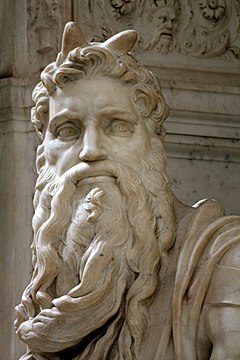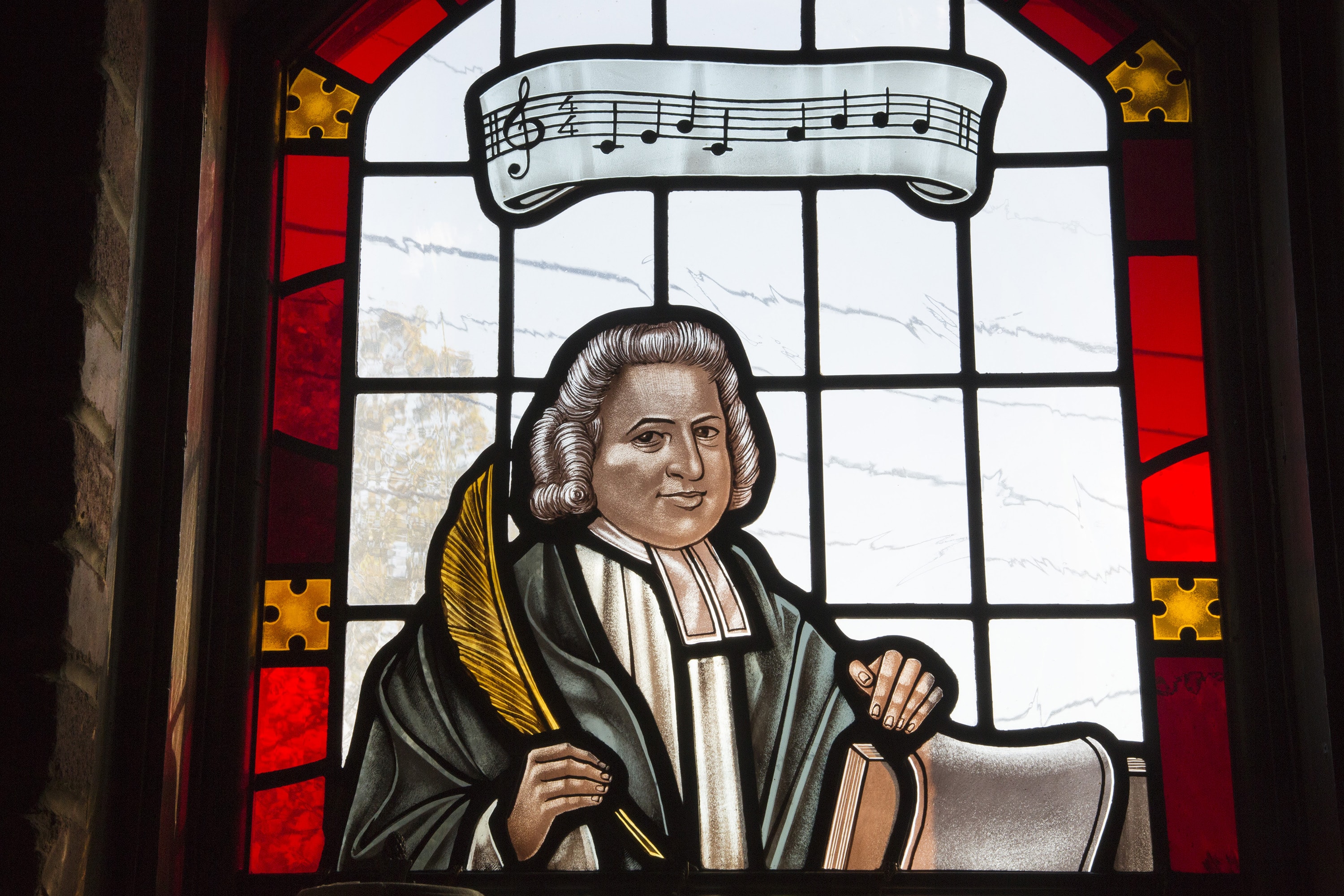
When I was in seminary, my friend Frank Redding and I each served two of five churches in a cooperative New Jersey parish; elder David Wilson was pastor of the fifth and largest church on the parish (Allentown), and had administrative oversight over all five. Each week, the three of us would meet to talk about what was happening in our churches, and to discuss the lectionary readings for the week. Almost always, we found that Dave was concentrating on the gospel, Frank the epistle, and that I (no surprise!) was preaching from the Hebrew Bible.
I remember vividly one such discussion, just prior to the last Sunday before Lent: Transfiguration Sunday. Frank was wrestling with how to preach these texts. I remember him sharing the griefs and pains of his people that week, and then asking, “What difference does it make to them that Jesus lit up like a light bulb?”
So, what exactly did happen on that mountain–and why does it matter? In the old King James Bible, Sunday’s gospel declares,
And after six days Jesus taketh Peter, James, and John his brother, and bringeth them up into an high mountain apart, And was transfigured before them: and his face did shine as the sun, and his raiment was white as the light (Matthew 17:1-2; note that the NIV and NRSVue follow the KJV reading “transfigured,” while the CEB has “transformed.”)
The Greek word rendered “transfigured” here is metamorphoo, source of our English word “metamorphosis.” Likely, that word will call to our minds the transformation of a caterpillar into a butterfly; or perhaps, we may think of the macabre Franz Kafka novella of the same name, in which Gregor Samsa awakens one morning to find that he has transformed overnight into a giant cockroach.
 But what would this word have meant to the writers, and hearers, of the Gospels? The verb metamorphoo is not used in the Septuagint (the Greek translation of Jewish Scripture), and in our New Testament, it appears only four times. Two of these are the accounts of Jesus’ transfiguration in Matthew and Mark (Matt 17:2; Mark 9:2). So, in the mosaic of the Transfiguration at the top of this blog, the Greek title reads “The Metamorphosis.”
But what would this word have meant to the writers, and hearers, of the Gospels? The verb metamorphoo is not used in the Septuagint (the Greek translation of Jewish Scripture), and in our New Testament, it appears only four times. Two of these are the accounts of Jesus’ transfiguration in Matthew and Mark (Matt 17:2; Mark 9:2). So, in the mosaic of the Transfiguration at the top of this blog, the Greek title reads “The Metamorphosis.”
We may conclude with the CEB that Jesus was transformed on the mountain–indeed, we may even say that the disciples there at last saw Jesus as he truly was. But that is a dangerous, and deeply misleading, conclusion. After all, we Christians confess that Jesus was fully God AND fully human. He was not God sometimes (say, on the Mount of Transfiguration) and human sometimes (say, in the manger–or on the cross). Certainly, Jesus was not God pretending to be human–God in a people mask. Nor was he a charlatan–a human pretending to be a god. Jesus was, always and everywhere, himself. So, yes: the Jesus they saw every day–laughing, crying, hungry, angry, dusty and weary from the road, Jesus in all his fleshiness–was indeed Jesus as he truly was.
Of course, the blinding glory of Jesus’ divinity was not always apparent–thankfully, for Jesus’ family and friends! Indeed, had it been, Jesus could scarcely have been “fully human.” But just this once, the “fully God” side of the incarnation equation was fully evident. As the tradition passed down from Peter proclaims,
We didn’t repeat crafty myths when we told you about the powerful coming of our Lord Jesus Christ. Quite the contrary, we witnessed his majesty with our own eyes. He received honor and glory from God the Father when a voice came to him from the magnificent glory, saying, “This is my dearly loved Son, with whom I am well-pleased.” We ourselves heard this voice from heaven while we were with him on the holy mountain (2 Peter 1:16-18).
The change Peter, James, and John witnessed on the mountain did not mean that Jesus had changed–only that his disciples saw him more clearly.
The other two appearances of the Greek verb metamorphoo are both in Paul’s letters. In 2 Corinthians 3:7-18, Paul discusses the glory of God’s revelation on Sinai (see Sunday’s lesson from the Hebrew Bible, Exod 24:12-18), which made Moses’ face shine (see Exod 34:29-35; by the way, in Hebrew the word for the rays shining from Moses’ face [qaran] is related to the word for horns [qeren], so Moses is sometimes depicted as horned!).

Paul compares that glory with the glory of the freedom revealed in Christ. While the glory beaming from Moses’ face was only temporary–the result of the revelation he had received–gazing upon Christ works a permanent transformation:
All of us are looking with unveiled faces at the glory of the Lord as if we were looking in a mirror. We are being transformed [metamorphoo] into that same image from one degree of glory to the next degree of glory. This comes from the Lord, who is the Spirit (2 Cor 3:18).
Therefore, in Romans 12:2, Paul famously challenges his readers:
Don’t be conformed to the patterns of this world, but be transformed [metamorphoo] by the renewing of your minds so that you can figure out what God’s will is—what is good and pleasing and mature.
Gazing on Jesus, who is not only truly God but truly human, prompts us to change. Jesus shows us what being human–created in God’s image (Gen 1:27)–really means. The International Theological Commission of the Vatican (2004) put it very well:
Thus, what it means to be created in the imago Dei is only fully revealed to us in the imago Christi. In him, we find the total receptivity to the Father which should characterize our own existence, the openness to the other in an attitude of service which should characterize our relations with our brothers and sisters in Christ, and the mercy and love for others which Christ, as the image of the Father, displays for us (Communion and Stewardship, paragraph 53).
In his hymn “Love Divine, All Loves Excelling,” Charles Wesley joyfully takes up Paul’s language from 2 Corinthians:
Finish, then, thy new creation;
Pure and spotless let us be.
Let us see thy great salvation
Perfectly restored in thee;
Changed from glory into glory,
Till in heaven we take our place,
Till we cast our crowns before thee,
Lost in wonder, love, and praise.
Sisters and brothers, friends and siblings in Christ, so may it be for us! This prayer for Transfiguration Sunday (from Revised Common Lectionary Prayers, © 2002 Consultation on Common Texts [Augsburg Fortress]) invites us to ask God for a transfiguration of our own:
Holy God, mighty and immortal,
you are beyond our knowing,
yet we see your glory in the face of Jesus Christ,
whose compassion illumines the world.
Transform us into the likeness of the love of Christ,
who renewed our humanity so that we may share in his divinity,
through the same Jesus Christ, our Lord,
who lives and reigns with you and the Holy Spirit. Amen.
AFTERWORD:
I am writing this on Valentines Day, thinking of my darling Wendy, for whom I am so very thankful! God bless you, love. This picture, from when we were very young, was taken at Siloam UMC (one of the two churches I served in seminary) by dear friend (and then, youth group member!) Lora McQueen.
Although the historical and religious connection with St. Valentine that gives the day its name was stretched past the breaking point long ago, it is still worthwhile on this day to reflect on Valentine, saint and martyr, whose legend includes his advocacy for couples in love, including secret marriages, and a note to his jailer’s daughter, whose blindness he had miraculously cured, signed, “Your Valentine.”

